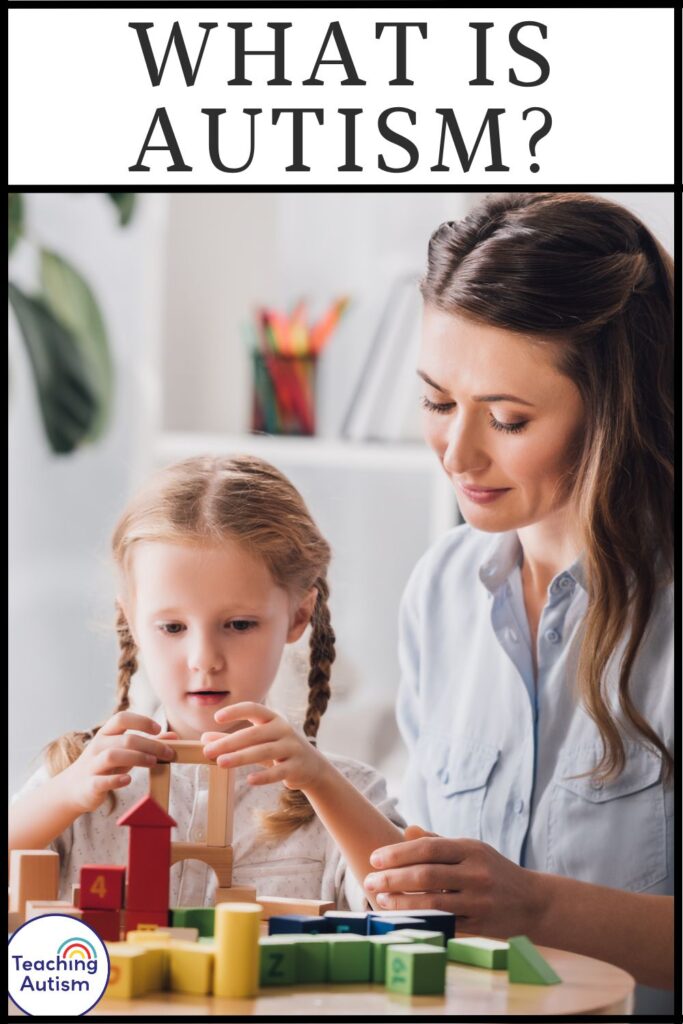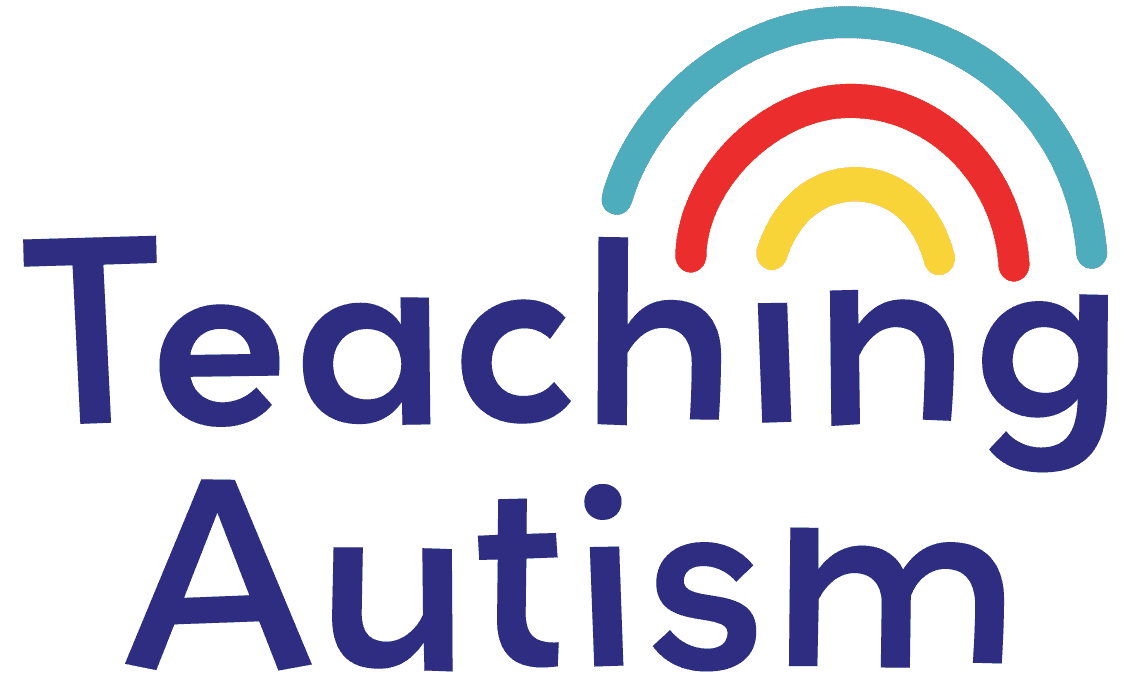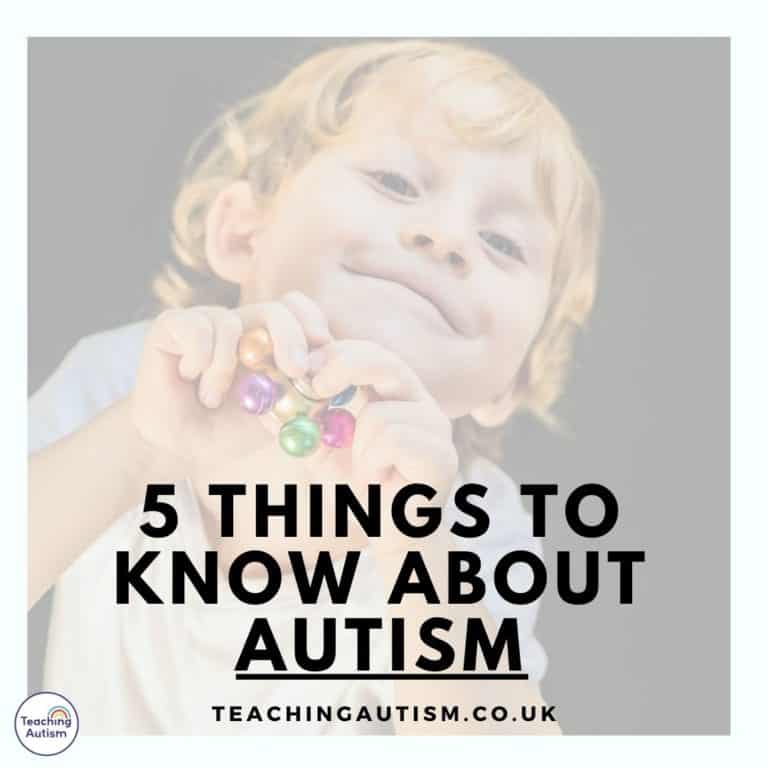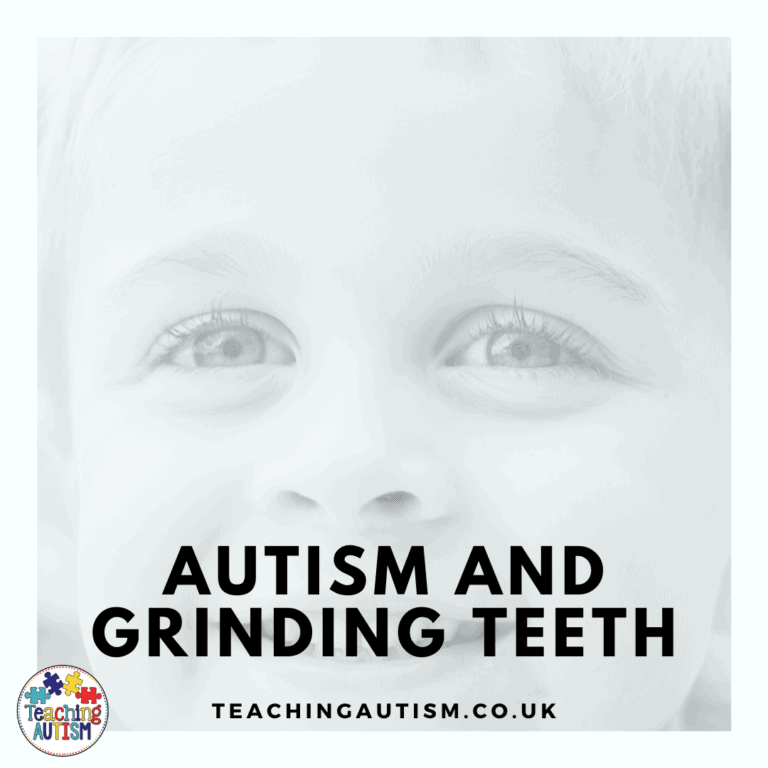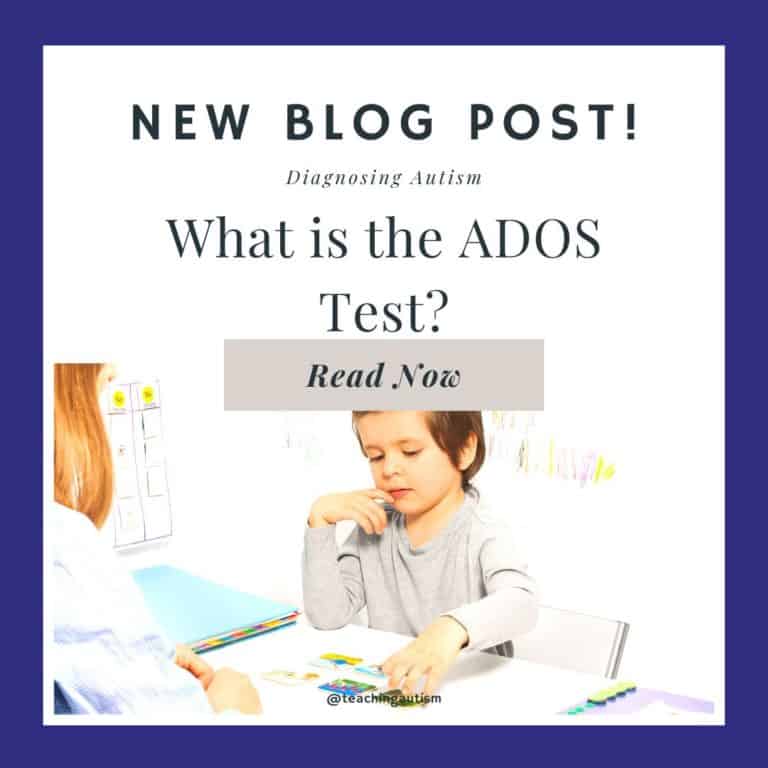What is Autism?
Without a doubt, the most common question that I get asked is ‘What is Autism?’
In this blog post today I’m going to be talking all about what autism is. So whether you are here as an individual yourself who is perhaps considering a diagnosis for yourself.. Or you’re a parent of an autistic child, or even a teacher trying to find out more.
Throughout this blog post, I will be talking about autism in it’s official definition. BUT, I will also be discussing autism from a neuro-affirming place and to share how our autistic community like to be referred to and thought of.
What is Autism?
- Autism is a lifelong, neurological condition.
- It is classed as a disability.
- There is no cure – and this is disrespectful and damaging to request for our autistic community.
- A person is born with autism.
- Autism can affects how a person communicates, experiences and interacts with the world around them.
I don’t really like to refer to it as a ‘condition’ because it just doesn’t really feel like the right word. But this is the official definition right now.
What is ASD?
So if you have Googled autism, you may have come across the acronym ASD. ASD stands for Autism Spectrum Disorder. This covers autism and similar conditions like Asperger’s Syndrome. They all affect an individual’s social skills, interaction, communication, interests and behaviour. However, this is a term that is becoming very outdated.
Asperger’s Syndrome isn’t really a sole diagnosis anymore and it comes under the umbrella of autism spectrum disorder. (ASD)
ASD isn’t neuro-affirming language and so this is being slowly phased out too. ‘Disorder’ is more of an unnecessary medical term and it gives this idea that it needs to be fixed or cured. So, instead of using ASD, the following terms are more neuro-affirmative language;
- Autism
- Autistic
- Autistic Neurotype
What are Autism Levels?
In some countries, when a diagnosis of autism is given, there are also ‘levels’ of autism given alongside this. It’s not commonly still given upon diagnosis, but some places do still give them. The levels are;
- Level 1: Requires Support
- Level 2: Requires Substantial Support
- Level 3: Requires Very Substantial Support
Some reasons why the levels are not appropriate for autism are;
- They aren’t a true reflection of an individual’s needs. An individual may need substantial support in one area.. But in another area they may not need any support.
- An individual’s needs may change day to day. They may need more support one day compared to the next.
- Depending on how the individual is feeling currently can affect the support they need. If they’re dysregulated then they may need more support than what was said when they were given diagnosis levels.
We find it more helpful instead of using levels to;
- Communicate the important information about you / your child’s needs.
- Discuss what support you / your child need to help them.
How Does Autism Affect Someone?
Autism is linear and this means that it can affect everyone in different ways. Autistic individuals are unique and this means that it will look differently in everyone. Some of the ways that autism can affect an individual are;
Language, Social and Communication
- Difficulties interpreting verbal and non-verbal language.
- Inability to verbally communicate.
- Limited speech.
- Difficulty understanding sarcasm or tone of voice.
- Require extra time to process information / answer questions.
- Echolalia
- Delay in language skills.
- Struggle to understand abstract concepts.
- Difficulty ‘reading’ other people.
- May struggle to identify others feelings and/or intentions.
- Difficulty expressing their own emotions.
- Appear to behave in a way that ‘society’ think is ‘inappropriate.’
- May find it hard to form friendships.
- Inconsistent eye contact – or struggles with any eye contact. But many autistic individuals can also make eye contact fine.
- May interact better with familiar people.
- Struggles to take part in conversations appropriately.
- May use words that appear to be unusual or a different language.
- They may have very advanced language skills.
- May struggle to understand social boundaries and will happily overshare information and give hugs to everyone, including strangers.
- They may also find it difficult to understand personal space and respecting this in others.
Repetitive and Restrictive Actions / Behaviors
- May repeat movements like hand flapping or twirling items in their fingers.
- These repetitive actions are usually stimming and done to calm themselves.
- May struggle with changes in routine – and this can be distressing for them.
- Prefer to have set routines so they know what to expect; travel the same way, wear the same clothes etc.
- May have preferred interests / topics that they like to focus on and bring theese up regularly.
- Zone in on details and wanting things to be how they perceive to be ‘right.’
Sensory Differences
- They may be under or over sensitive to sounds, touch, taste, smells and light.
- They may also be over or under sensitive to colors, pain and temperature.
- May struggle with physical contact.
- Their differences can cause sensory overload.
- May be selective with their eating and diet.
- Everyday routines may be stressful for them like washing their hair or brushing their teeth.
Is Autism Common?
The most recent data (2020) by the CDC states that around 1 in 36 children are diagnosed with autism. Autism is almost nearly 4 times more common in boys than it is girls.
Who Can Have Autism?
Anyone can be autistic. The CDC states that autism is reported to “occur in all racial, ethnic and socioeconomic groups.”
How is Autism Diagnosed?
Since autism is linear, autism can look different in each individual. However, when autism is suspected, the individual will be referred for a diagnostic evaluation. Depending where you are in the world, this can look different.
In the USA, there are 2 ways to get an evaluation;
- Medical Evaluation
- Education Evaluation
A medical evaluation is when a paediatrician or similar health professional submits a referral. A developmental medical professional may also refer for a diagnosis.
An educational evaluation is one that has been referred by school staff. This will also help that individual get the support that they need in their school setting too.
In the UK this can look similar. To get an autism assessment, an individual will be referred by their GP or staff at their school.
A multi-disciplinary diagnostic team will usually work together to diagnose autism. This team can include;
- Speech and Language Therapist
- Paediatrician
- Psychiatrist
- And/Or a Psychologist
What Happens During an Assessment?
Again, this can look different in every country, But, typically during an autism assessment, the team may;
- ask you questions to find out about your child’s development.
- observe how your child interacts, plays and communicates with others around them.
- review any evidence that they have been sent. This can include reports from the GP, nursery, school setting… And even home too. Videos are a great way to help paint a clear and big picture for the team.
- look through the individual’s medical history.
- complete a physical examination.
- they may visit the individual at their school / nursery setting.
When diagnosing an adult, the team may also;
- provide you with a questionnaire to complete. This will be all about yourself and will help to identify any struggles that you may be having.
- look back through your reports and any evidence from when you were younger to get a clearer picture.
- read through any reports from your GP or other health professionals.
Why Might a Diagnosis of Autism Be Missed?
You may hear about some children being diagnosed with autism as young as 18 months.. But then you may hear about other individuals who get ‘missed’ as such, and don’t receive a diagnosis until they are adults. There are a few reasons why this can happen and they are;
- There are other diagnoses that are similar and it can be hard to differentiate them and autism.
- A child may not ever be referred for an assessment.
- Or, a child may be referred for an assessment but their legal guardians refuse to follow through on this.
- Sometimes, the characteristics of autism may not be as clear at a young age.
- It can depend on the evaluator at the time. Autism can be very hard to recognize and identify in some individuals.. Especially if they are working really hard on masking. So it can come down to experience. (A great way to combat this is to video your child at home to share with the evaluator).
- The child may not present as ‘typical’ autism and so gets missed by professionals.
- Children may look at what their peers are doing around them in the classroom and try to copy their behavior to fit in. (Masking.)
- As children get older, there are more ‘social norms’ and ‘rules’ which can make the autism more identifiable.
Does Something Cause Autism?
I think this is another question that I get asked a lot.. And I know that with a lot of parents this comes from getting lost in a Google black hole and start to panic about some old-fashioned and out-dated myths.
There has been a lot of research over the years, but there has not been a singular identified cause of autism. However, it is thought to include a combination of genetic and environmental factors.
Can Autism be Cured?
No. Autism is lifelong and has no cure. Suggesting a cure for autistic individuals can be really damaging. We don’t need to treat, cure or modify autism.
However, there are some strategies and therapies that can help individual’s to gain the support that they need to help navigate the world.
Other Names for Autism
Researching autism can be confusing. Autism has a lot of different names and labels which can include;
- Autism
- ASD – Autism Spectrum Disorder
- ASC – Autism Spectrum Condition
- PDD – Pervasive Developmental Disorder
- Asperger Syndrome
- PDA – Pathological Demand Avoidance
- HFA – High-Functioning Autism
- Kannar Autism
Many of these names come from different manuals. Or tools that are for diagnosing autism. You will most likely hear ‘autism’ ‘autistic’ or ‘neurodivergent.’ These 3 terms are the most neuro-affirming terms to use whereas the other teams mentioned above have been faded out and aren’t used very commonly anymore.
Training Opportunities
I have trained teachers all around the world to help make their classrooms more accessible for autistic students. If you are wanting to learn more about autism and to help you in your classroom, you may be interested in the following training course and learning resources;
Online Training
This online training is suitable for teachers all around the world. It has 28 video lessons that cover;
- Classroom Set-Up
- Behaviour Management
- Team Management
- IEPs
- Communication
Helpful Links
You may also find the following links helpful to continue your learning;
- Signs of Autism in Toddlers
- 5 Things to Know About Autism
- How to Diagnose Autism; Assessments and Evaluations
- What is Masking?
- Sensory and Behavior Podcast Episode
If you found this blog post helpful, please consider sharing it with your friends and colleagues on social media.
P.S. Have you signed up for my VIP membership yet? If not, head on over and sign up now. You’ll get access to hundreds and hundreds of resources, templates, crafts and more being uploaded every month!
Nikki
